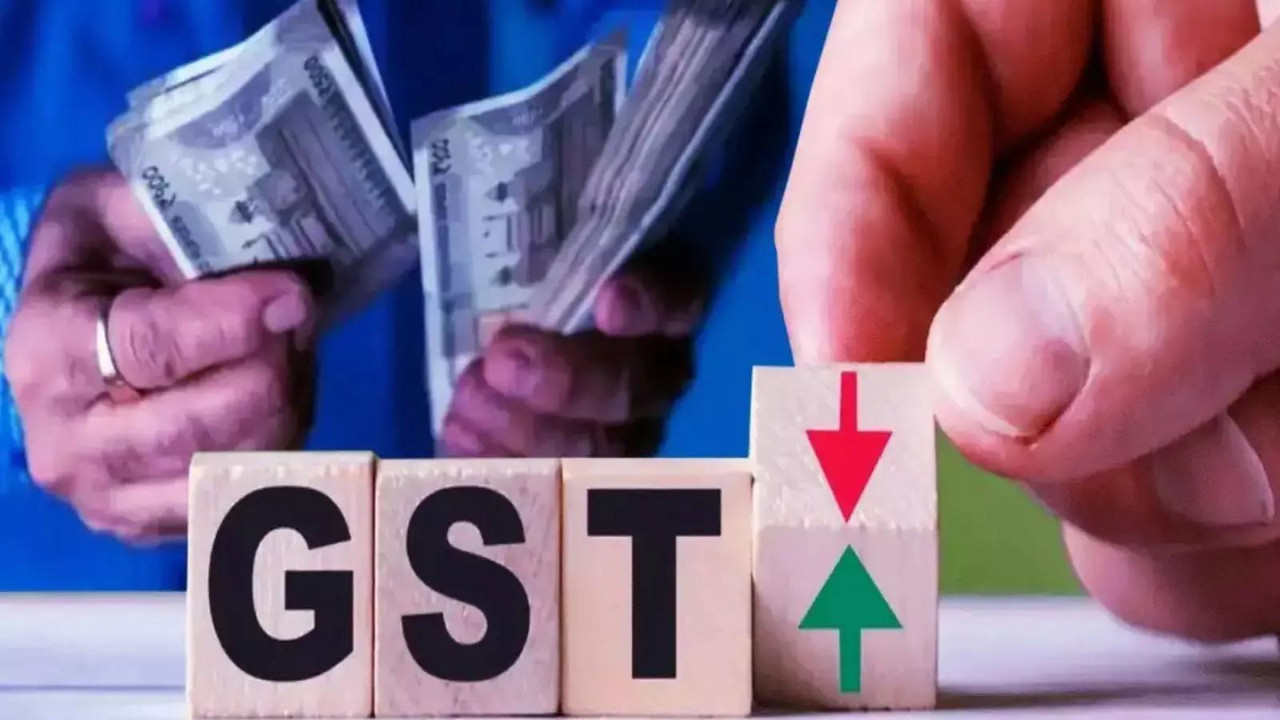India’s power consumption saw a 6% drop in October, reaching 132 billion units, primarily due to unseasonal rains and an early winter. This cooler weather significantly reduced the demand for cooling appliances. Experts anticipate this downward trend in energy usage to persist through November as temperatures continue to fall, impacting overall electricity needs.
Why Did India’s Power Thirst Quench in October? A Look at Energy Demand Trends
October usually heralds the start of the festive season in India, with lights twinkling, celebrations in full swing, and, predictably, a surge in energy consumption. But this year, the script flipped. Instead of the usual climb, power consumption took a surprising dip, falling by a noticeable 6% to 132 billion units compared to the previous year. What caused this unexpected lull in the nation’s energy appetite? Let’s delve into the factors at play.
Mother Nature’s Helping Hand: Unseasonal Rains and Cooler Temperatures
The most significant contributor to the lower energy demand seems to be the weather. October witnessed uncharacteristic rainfall across many parts of India, accompanied by a noticeable drop in temperatures. Think about it: when the mercury dips, our reliance on energy-intensive appliances like air conditioners and fans plummets. This directly translates to reduced overall power consumption. Imagine swapping your AC for a cozy blanket – that’s essentially what happened on a national scale!
This climatic shift had a ripple effect. Agricultural power demand, crucial for irrigation in many regions, also saw a decrease. With ample rainfall replenishing water sources, the need for pumping water from wells and rivers diminished, further contributing to the overall reduction in energy consumption.

Industrial Output: A Possible Piece of the Puzzle
While the weather undoubtedly played a major role, we can’t ignore the potential influence of industrial activity. While specific sector-wise data for October is still being compiled, any slowdown in industrial production would invariably impact energy demand. Manufacturing units, heavy industries, and infrastructure projects are significant consumers of electricity. If production lines aren’t humming at full capacity, the demand for power naturally decreases. Further analysis is needed to ascertain the extent of this factor. See also our recent analysis of India’s manufacturing output and its relation to energy consumption.
Impact on the Energy Sector: Short-Term Dip or a Sign of Things to Come?
This temporary dip in power consumption raises some interesting questions about its impact on the energy sector. While a single month’s data doesn’t necessarily indicate a long-term trend, it does offer a valuable snapshot of the interplay between weather patterns, economic activity, and energy demand. For power generation companies, a sudden drop in demand requires careful calibration of their output to avoid wastage and maintain grid stability.
Moreover, it underscores the increasing importance of incorporating climate variability into energy forecasting models. As weather patterns become more unpredictable, accurately predicting future energy needs becomes all the more challenging. This requires sophisticated data analysis and a deeper understanding of the factors driving power consumption at a granular level.
Energy Demand and Future Growth Trajectory
Looking ahead, it’s crucial to remember that India’s long-term energy demand is still projected to grow significantly. The nation’s burgeoning population, rapid urbanization, and ambitious economic growth targets all point towards an increasing need for power. While October’s dip might be a temporary deviation, it provides a valuable opportunity to reassess energy strategies and explore ways to enhance efficiency, promote renewable energy sources, and build a more resilient energy infrastructure.
The government’s push for renewable energy is particularly relevant in this context. As solar and wind power become more affordable and accessible, they can help diversify the energy mix and reduce reliance on fossil fuels, contributing to a more sustainable and secure energy future. Furthermore, investing in smart grids and energy storage solutions can help manage fluctuations in demand and ensure a reliable power supply even during periods of unexpected weather events.
Ultimately, understanding the complex interplay of factors influencing energy demand is essential for policymakers, energy companies, and consumers alike. October’s unusual dip serves as a reminder that we need to adapt to changing circumstances, embrace innovation, and prioritize sustainability to meet India’s growing energy needs in a responsible and efficient manner. This short-term decrease doesn’t negate the overall upward trajectory; it simply highlights the need for a more nuanced and adaptive approach to energy planning.







